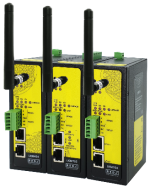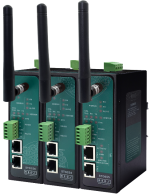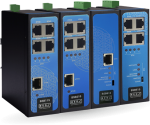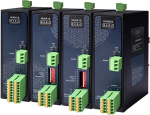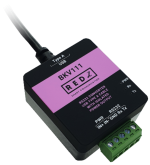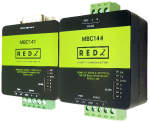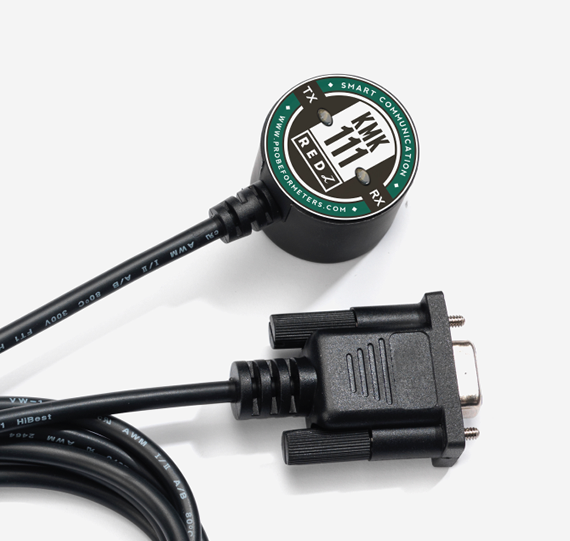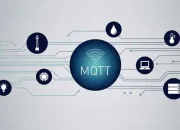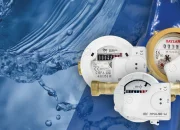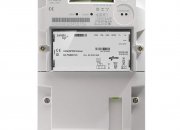1. Introduction
A Protocol Gateway is a network device or software application that acts as a translator between different communication protocols. In industrial automation, building management systems, or IT networks, devices often use various protocols to communicate. A protocol gateway bridges the gap between incompatible systems by converting data from one protocol format to another, allowing devices that speak different "languages" to exchange information seamlessly.
For example, in an industrial setup, a protocol gateway might translate between Modbus (used by industrial controllers) and Ethernet/IP (used in modern network-based systems). By doing so, it enables older devices to communicate with newer systems without needing significant hardware upgrades.
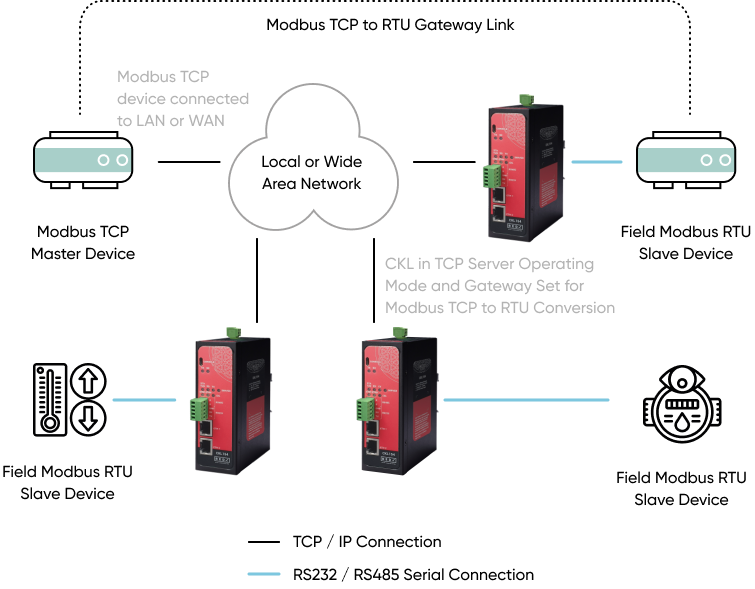
Reference: https://redz-sc.com/en/manuals/ckl-series-serial-to-ethernet-gateway-with-2-x-10100base-tx-ports-1-x-rs232-and-1-x-rs485-serial-ports-andor-bpl-broadband-power-line-link-user-manual
2. How Does a Protocol Gateway Work?
A protocol gateway typically functions as an intermediary device that connects two or more different network systems. It listens to the data transmitted in one protocol, translates it into another protocol, and then sends the translated data to the target system. This translation allows devices on different networks or using different communication standards to share information and work together.
3. Key Components:
- Protocol Converter: The core component of a gateway, responsible for converting data formats between protocols.
- Communication Ports: Physical or virtual interfaces (such as serial, Ethernet, or wireless ports) to connect devices using different protocols.
- Configuration Software: A user interface where system administrators can set up and customize the communication rules for different protocols.
4.Common Protocols That Use Gateways
1. Modbus (RTU/TCP): Common in industrial automation.
2. PROFIBUS/PROFINET: Popular in manufacturing systems.
3.BACnet: Used in building automation.
4.Ethernet/IP: A network protocol used for real-time data communication in factory automation.
5.OPC UA: Common in industrial IoT applications for secure data exchange.
6.DNP3: Often used in the utility industry, particularly in electrical substations.
7.MQTT/HTTP: Protocols used in IoT and cloud-based systems for data exchange over the internet.
5.Types of Protocol Gateways
- Industrial Protocol Gateways: Used in factory and plant automation systems to translate between fieldbus protocols (like Modbus, PROFIBUS) and network protocols (like Ethernet/IP, OPC UA).
- Building Management Protocol Gateways: Convert protocols such as BACnet, KNX, or LonWorks in smart buildings for better communication between HVAC, lighting, and security systems.
- IoT and Cloud Protocol Gateways: Act as a bridge between IoT devices (using protocols like MQTT) and cloud platforms (using HTTP or HTTPS).
6.Where to Use a Protocol Gateway
1. Interfacing Legacy Equipment with Modern Systems
In many industries, legacy equipment might still use older protocols like Modbus RTU, while newer systems use more modern Ethernet-based protocols like Ethernet/IP. Protocol gateways are essential to enable communication between these systems, ensuring that the older devices can continue to function without needing replacement or major upgrades.
2. Industrial Automation Systems
Factories and industrial environments often use a wide range of protocols to connect machinery, sensors, and controllers. A protocol gateway allows different equipment to communicate, making it easier to integrate systems from different vendors. For example, it can bridge PROFIBUS networks with Modbus systems.
3. Building Management Systems (BMS)
In large commercial buildings, different systems (HVAC, lighting, security) often use different communication standards. A protocol gateway allows seamless data sharing between these systems, integrating BACnet with other protocols like KNX or Modbus.
4. Smart Grids and Utility Networks
Utilities like electrical grids use multiple communication protocols to manage energy distribution and monitoring systems. Gateways are essential for translating protocols like DNP3 to IP-based systems for better network management and real-time monitoring.
5. IoT and Cloud Integration
For businesses integrating IoT devices into their infrastructure, protocol gateways are needed to convert IoT communication protocols (like MQTT or CoAP) into cloud-compatible formats such as HTTP/HTTPS or OPC UA for analytics, control, or remote monitoring.
6. Remote Monitoring and Control
When remote systems or field devices need to be monitored from a central location, a protocol gateway can be used to translate data from field protocols (like CANBus or Modbus) to internet-based protocols, enabling remote control and monitoring over long distances.
7.Where Not to Use a Protocol Gateway
1. Homogeneous Networks
If all devices in your system use the same communication protocol, a protocol gateway is unnecessary. For example, if all devices in a factory are using Ethernet/IP, there is no need to convert data between different protocols, so the gateway would not add value.
2. Direct Device Integration Possible
If the devices or systems you are using can be directly integrated without needing protocol translation (e.g., using standardized APIs or direct support for multiple protocols), there is no need for a protocol gateway. Some modern devices can handle multiple protocols internally.
3. Small, Simple Networks
For small, localized networks where all devices communicate using the same protocol, adding a protocol gateway could add unnecessary complexity. In these situations, the simpler the system design, the better.
4. Cloud-Only or All-IP Networks
In cloud environments or networks where all devices communicate using internet-based protocols like HTTP, HTTPS, or MQTT, a protocol gateway might not be needed. For example, an IoT system that directly sends sensor data to the cloud over MQTT would not require a protocol gateway if all other devices use the same method.
5. Non-Critical Low-Cost Systems
For simple, low-cost systems where data translation between different protocols is not mission-critical, adding a protocol gateway could increase cost and complexity without providing significant benefits.
8.Conclusion
Protocol gateways are essential in scenarios where devices or systems using different communication protocols need to work together. They are especially useful in industrial automation, building management, smart grids, and IoT integrations. They enable the integration of legacy systems with modern technologies, facilitating seamless communication and data exchange.
If all devices in a network use the same protocol, a protocol gateway may not be necessary. Similarly, in small or simple systems where direct integration is possible, or in environments that use standardized IP-based communication, protocol gateways may not provide significant benefits.


